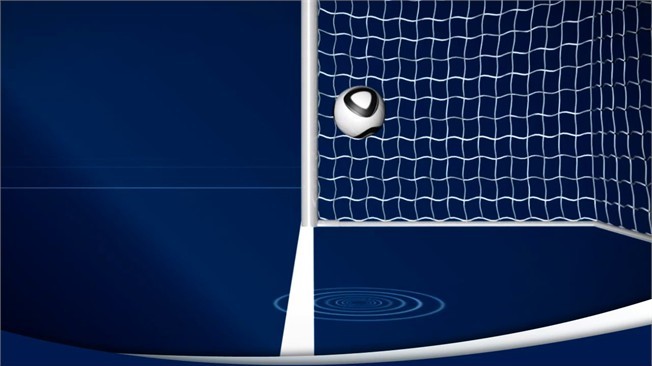In its meeting today, the International Football Association Board (IFAB), the body that takes all decisions on changes to the universal FIFA playing rules, took some fundamental decisions. Regarding the issue of applying technology to ‘goal or no goal’ situations, it must be described as a remarkable turnaround over a period of just a few years. FIFA had previously agreed with the position so strongly held by, for instance, UEFA President Michel Platini, that the human factor, and therefore also human mistakes, must remain a part of the game. It had even been suggested that the occasional controversy about some critical mistake would be good for football… But after today’s situation, considering the worldwide exposure and influence of football, one could imagine that the debate about use of technology might pick up also in other sports such as handball.
It should be noted that the alternative (or possibly supplementary) approach of positioning assistant referees at the goal-line was formally approved as a permitted approach under the global rules. But the main focus was on the use of technology, and after extensive testing approval was now given for the use of two different approaches. One is essentially the system known from tennis (Hawkeye), with high-powered and appropriately positioned cameras being the key component. The other one is Goalref, a system based on having a computer chip inside the ball. This is the approach tested by the IHF, also during a Junior World Championship a few years ago.
It should be emphasized that while these methods, assistant referees and two forms of technology, are now officially permitted, they are not in any way mandatory. It was noted that the approach based on technology would currently have a price tag of US$ 150-250.000 for each field. Obviously, this would be realistic only at the elite level. But FIFA expressed the hope that the price would soon come down considerably and that other, possible less expensive, methods could be developed. The reliance on assistant referees also carries a cost. Perhaps more important than the match fees paid to them, there is the issue of removing experienced officials from the job as referees in their normal matches. In some countries, there have been concerns about assignments as assistant referees in UEFA matches making top referees unavailable as referees in their national league. Every method has its price.
In football, FIFA is frantically underscoring that there are no plans to extend the use of technology beyond the ‘goal or no goal’ situations. But many observers sense, probably correctly, that once the barrier has been broken and technology has been allowed, then there will be arguments for an expansion, perhaps to offside situations and decisions whether a foul took place inside or outside the penalty area etc.
In handball, we have discussed use of technology, for instance video review, for additional situations. The crux is to draw the line between situations that involve the observation of absolute facts (where technology might be appropriate) and the subjective judgment by the referees (where a further review must not be allowed). And there are matters of fact, where help by technology could be useful. If an error can be corrected immediately, rather than causing a formal protest after the game and a possible replay, much would obviously be gained. This could involve giving the wrong team the ball for a restart, not observing that a suspended player remains on the court, or forgetting to stop the clock in situations where it is mandatory. Other situations involving disputes about the playing time could also be included. But the key is to ensure that the normal flow of the game would not be negatively affected.
On a different but very sensitive issue, the IFAB also decided to give temporary approval for wearing head scarves in official competition under the FIFA rules. It was indicated that there is insufficient material to judge whether any health or safety issues might exist, so this is the reason why the approval is only temporary while experience is gained. The question of the exact design also remains to be settled. Clearly, while handball action takes place relatively more ‘around the level of the heads of the players’, with arms flailing etc, it is difficult to imagine that there are objective reasons for handball to have a different ruling from football on this point. Indeed, permission for head scarves was in fact ‘snuck into’ the IHF Rules in 2010, despite an earlier intention to wait for a common approach together with other sports. One would assume that the FIFA ruling now contributes to making head scarves a non-issue in handball for the future.

